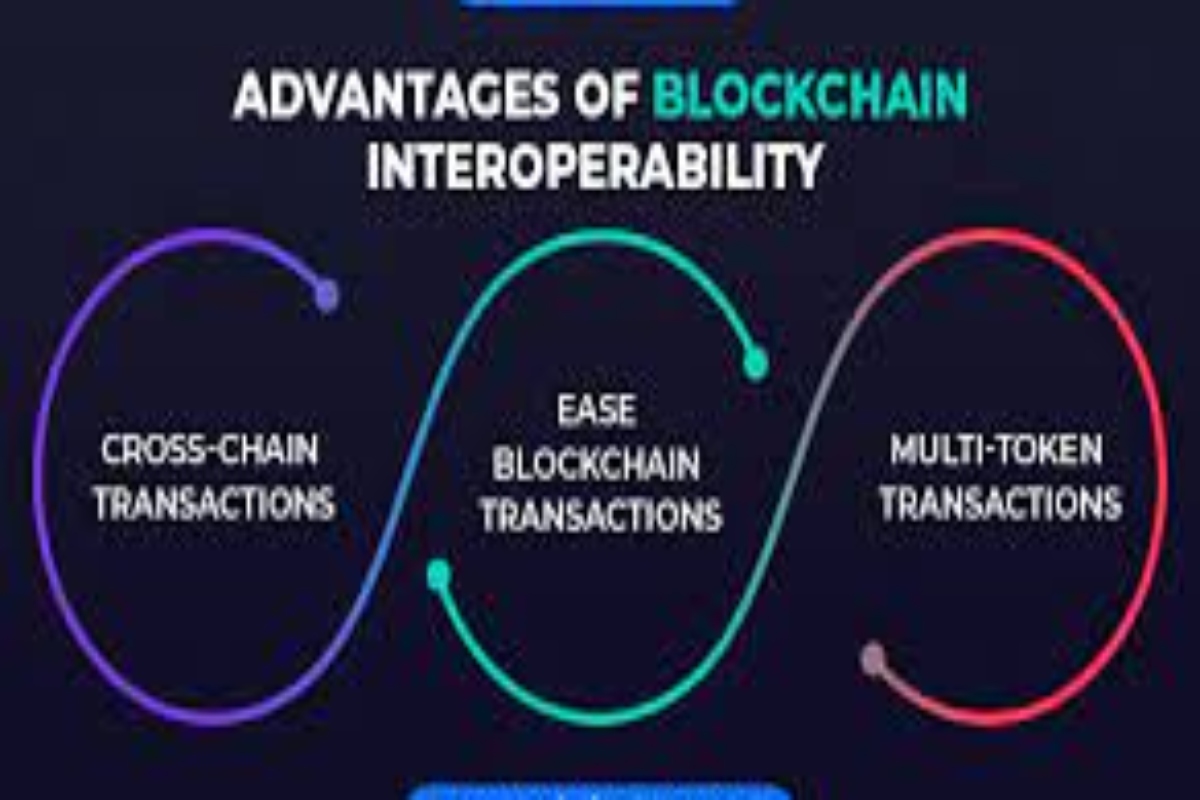Blockchain Interoperability Connecting Different Networks serves as a crucial bridge in today’s digital landscape, allowing diverse blockchain systems to communicate seamlessly. As the demand for decentralized applications increases, understanding how different blockchain networks work together is essential for harnessing their full potential. This overview will delve into the significance of interoperability in facilitating transactions, sharing data, and creating a more integrated blockchain ecosystem.

From enabling cross-chain transactions to enhancing the scalability of decentralized applications, interoperability is key to unlocking the future of blockchain technology. In a world where multiple blockchains exist, each with unique functionalities and strengths, the ability to connect and collaborate is vital for driving innovation and expanding user accessibility.
In the ever-evolving landscape of technology, we find ourselves at the cusp of remarkable advancements that are not only reshaping industries but also redefining our daily lives. The rapid pace of innovation, particularly in fields such as artificial intelligence (AI), machine learning, and the Internet of Things (IoT), has opened up a world of possibilities, paving the way for smarter solutions and enhanced human experiences.One of the most significant trends we observe today is the integration of AI in various sectors, from healthcare to finance, and even education.
AI’s ability to analyze large datasets quickly and efficiently has transformed the way businesses operate. For instance, in healthcare, AI algorithms can now assist in diagnosing diseases by analyzing medical images or patient data, significantly improving the accuracy and speed of diagnosis. This not only saves time but also enhances patient outcomes, as early detection is often crucial for effective treatment.Moreover, the financial industry has embraced AI to streamline processes and improve customer service.
Chatbots and virtual assistants powered by AI can handle customer inquiries 24/7, providing instant support and freeing human agents to tackle more complex issues. Additionally, AI-driven analytics can predict market trends, allowing investors to make more informed decisions. The ability to process vast amounts of financial data in real-time has revolutionized trading strategies, offering a competitive edge to those who leverage these tools effectively.Another area where technology is making significant strides is in the realm of smart cities.
Cities around the globe are increasingly incorporating IoT devices to enhance urban living. Smart sensors can monitor traffic patterns, optimize waste management, and improve energy efficiency, resulting in a more sustainable environment. For instance, smart traffic lights can adjust their timing based on real-time traffic flow, reducing congestion and lowering emissions. This integration of technology into urban planning not only enhances the quality of life for residents but also contributes to a greener planet.In addition to urban development, the education sector is experiencing a digital transformation.
Online learning platforms have gained immense popularity, especially in light of recent global events that necessitated remote learning. These platforms utilize AI and machine learning to provide personalized learning experiences tailored to individual students’ needs. Adaptive learning technologies can assess a student’s performance in real-time, adjusting the curriculum to ensure optimal learning outcomes. This personalized approach not only helps students grasp difficult concepts but also fosters a love for learning by allowing them to progress at their own pace.The impact of technology is not limited to industries; it extends to our daily lives as well.
The rise of smart home devices has made it possible to automate various aspects of our living environment. From smart thermostats that learn our preferences to voice-activated assistants that can control our home entertainment systems, technology has made our homes more comfortable and efficient. The convenience of being able to control devices remotely through smartphones adds a layer of ease to our busy lives, enabling us to focus on what truly matters.While the advantages of these technological advancements are numerous, it is essential to acknowledge the challenges that accompany them.
As we become increasingly reliant on technology, concerns about privacy and security have come to the forefront. Cybersecurity threats are more prevalent than ever, with data breaches and hacking incidents making headlines. Businesses and individuals alike must prioritize data protection and implement robust security measures to safeguard sensitive information. The responsibility lies not only with companies but also with users to remain vigilant and educate themselves about potential risks.Moreover, the rapid pace of technological advancement can lead to job displacement.
Automation and AI can perform tasks that were once the domain of human workers, raising questions about the future of employment in various sectors. It is crucial for both governments and businesses to invest in reskilling and upskilling initiatives to prepare the workforce for the jobs of tomorrow. By embracing lifelong learning, individuals can adapt to the changing job landscape and remain relevant in an increasingly competitive market.In conclusion, the integration of technology into various aspects of our lives holds immense potential for positive change.
From healthcare advancements to the development of smart cities and personalized education, technology is shaping a brighter future. However, it is vital to approach these advancements with a sense of responsibility, addressing the challenges they present while maximizing their benefits. As we navigate this technological landscape, let us embrace innovation while remaining mindful of its implications, ensuring that we create a future that works for everyone.




